I received a distress call from a body shop for a complaint of a no-start on a 2006 Honda Civic. The shop had just finished working on the vehicle and decided to detail the car for the owner as a courtesy. The detail guy loved his tunes so he decided to leave the ignition key on and crank up his favorite station while he was working. I could only envision this guy dancing around the car singing “Working at The Car Wash” and having a good time as he was fully unaware of the accessory position that car manufactures use to limit battery drain. When the detailer was all done with the vehicle he went to crank the engine and heard the famous slow dragging sound of the engine followed by a click-click-click. We have all been here before and a simple jump start with a battery charger on boost mode or the use of a jumper box always gets us back on track. The jump start attempted on this vehicle only provided an extended good crank with a no-start. The car was running prior to the battery going dead and now the shop was married to a no-start condition.
When I arrived at the shop I got in the car and attempted to start it. It cranked over fine, but wouldn’t fire. I did notice one thing the body shop had overlooked. There was a green key icon flashing on the instrument panel (Figure 2), indicating that that vehicle was immobilized. This Honda uses an immobilizer receiver and control unit assembly mounted on the ignition lock housing (Figure 3). It has a built-in antenna ring that mounts directly around the key hole to read the chip embedded within the immobilizer key. The key for the car was a correct black Honda key and not a gray valet key with limited use, but I was puzzled as to why the green key on the dash panel was flashing. I know from experience that if the PCM was to be inoperative and the immobilizer unit lost communication with it, then the immobilizer unit will flash the green key icon.
I hooked up my Honda HDS scan tool and performed an All DTC Check to see if there were any trouble codes on board and to verify that the PCM was functioning ( Figure 4). I was very surprised to see no codes in memory and that the PCM was responding because I was hoping to find something to give me direction. I just sat there for a moment thinking about what could have gone wrong. I can tell you that the worst thing you can ever do on the cars of today is drag a battery down really low on a slow crank because it can allow many controllers on board to lose learned functions. This is why certain manufactures such as BMW will not allow the vehicle to crank if the battery voltage is too low. My guess at this point was that the key’s learned memory might have been lost.
At this point, I decided to relearn the key so I went into the Immobilizer menu (Figure 5) of the Honda HDS scan tool and selected “Add and Delete Keys”. The Honda scan tool cautions us not to use a key with “T5” stamped on the metal blade (Figure 6) .This is a clone key without its own identity and can only be used in a key duplicator machine used by your local locksmith. This key was a true Honda key, not a T5, so I went through the procedure to learn the key, but every time I tried to complete the procedure I received the error message “Immobilizer System is not Normal” (Figure 7). The HDS provides a help screen for this error message and directs your attention to check the PCM for a registration issue or communication issue with the immobilizer control unit. Okay, so maybe the PCM lost its alignment with the immobilizer due to a low battery condition. A lot of antitheft systems use a separate controller that will work in conjunction with the main Engine Control Module to control engine shutdown. Some systems block starter operation, while others do not, and some may even prevent spark and fuel pulse at the same time from occurring. I prefer the systems that provide a start and stall condition so at least you know you’re definitely dealing with an anti-theft issue.
So now I went back to the immobilizer menu and selected “Replace ECM/PCM” to see if registering the PCM would resolve the problem. I went through the whole procedure and again the same error message “Immobilizer System not Normal.” I did not want to start playing Russian roulette here with automotive parts, but I’ve done many of these Honda anti-theft systems and whenever I’ve come across this error message it has always been a new PCM/Immobilizer Control unit that was installed or a wrong key type being used. I next went ahead and tried to realign the Immobilizor Control unit as a last effort, but again had the same message. Now it was time to do some soul-searching in hopes of finding a resolution for for my dilemma.
I started by looking through a lot of service bulletins in my AllData system, and finally came across one that seemed to fit. It was titled “Immobilizor Indicator Is Blinking, Engine Won’t Start” (Figure 8). This bulletin only pertained to 2006 Honda Civics and states that this problem will occur on this particular vehicle after a battery recently went dead and the engine was jump started. Honda recommends replacing the under dash fuse/relay panel ECU called the MICU (Figure 9) due to its loss of the immobilizer IMOES code. Apparently, this anti-theft system has another controller in the mix that is not commonly used on other models. I might have seen the MICU within the Honda immobilizer menu on certain year/models before, but never directed my attention toward it. It just seemed crazy to have a shop have to purchase a brand-new electronic fuse panel from just a battery going dead.
Then I started thinking. You know, I’m a gambler at times and it’s on the immobilizer menu so why not try to realign this MICU unit back into this so-called anti-theft network party gone wild. I now went back to the vehicle and from the Immobilizer menu I selected “Replace MPC/MICU/IMOES” and followed the realignment procedure. I got all the way to the last step without any error messages and the car starts up and runs. Okay, now what? I have a car that runs and a shop that’s beaming with joy. I took a step back to understand what was going on here. My guess is that Honda may be having a problem with its 2006 Civics that can’t keep information in the volatile memory of the MICU unit if the battery goes too low. So the company’s resolution is to replace the unit under a quiet service bulletin without issuing a recall. What a turn of events! My only hope is that this one keeps you from jumping the gun on replacing unneeded parts and teaches you a valuable lesson to not let battery voltage levels drop too low.
by John Anello, “The Auto Tech on Wheels”



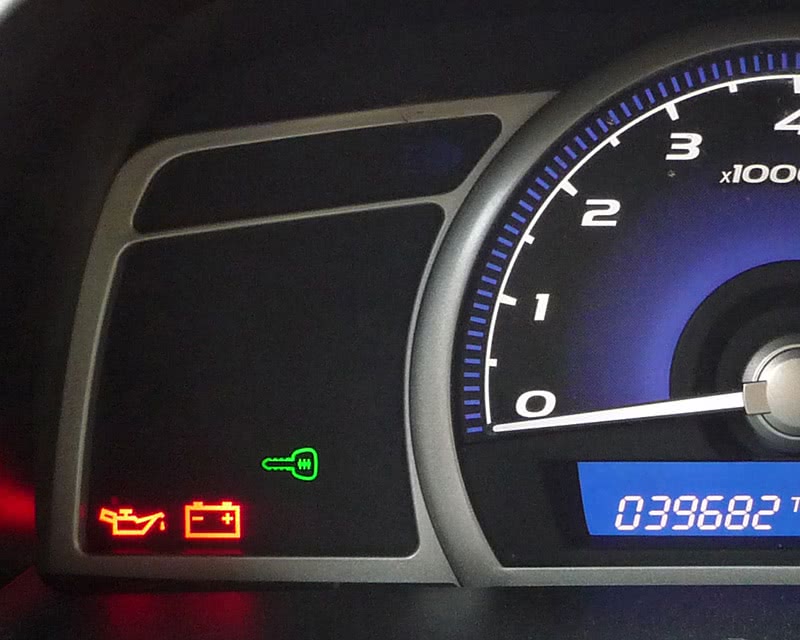
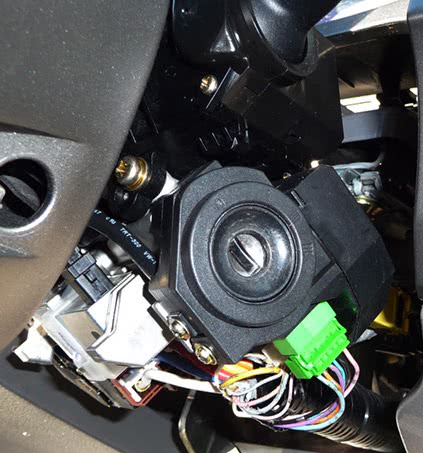
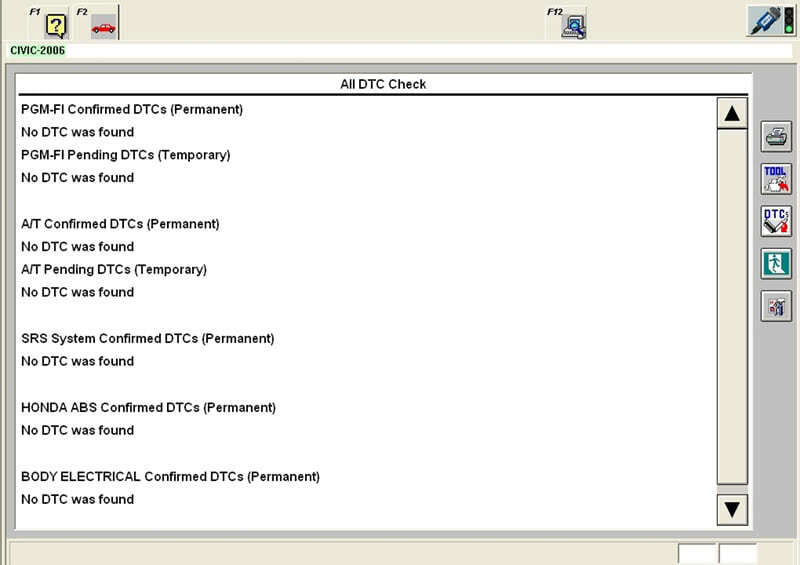

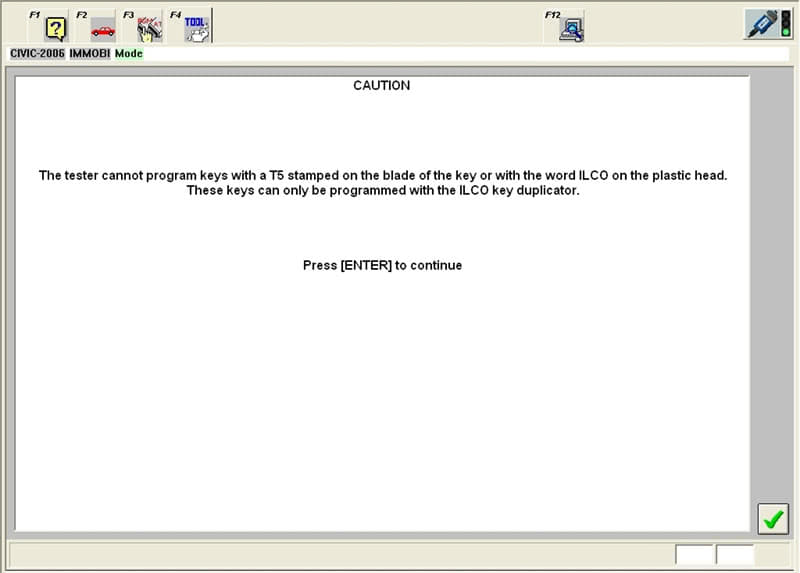
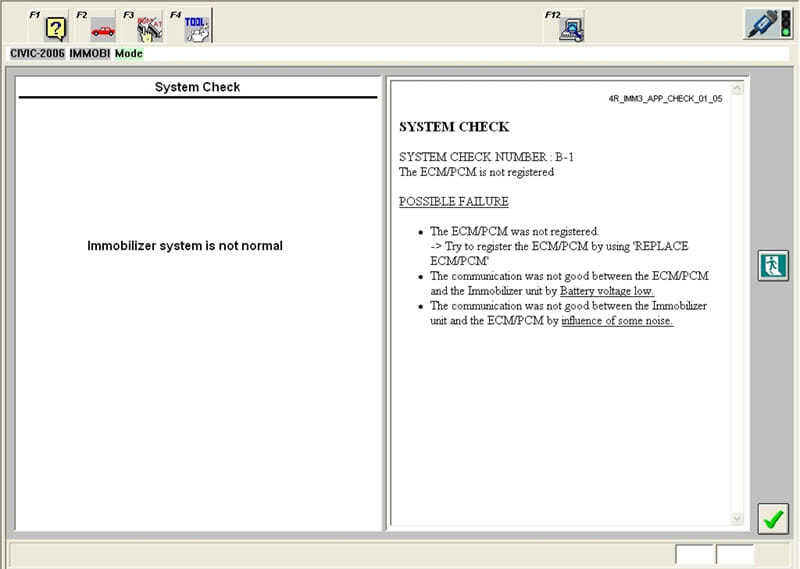
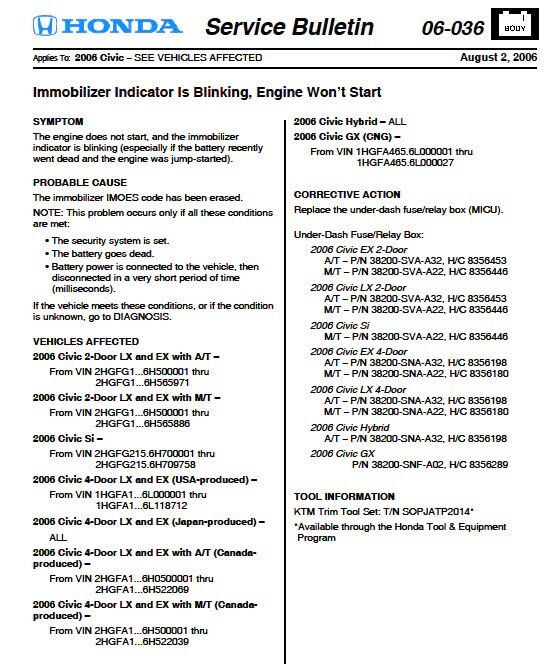
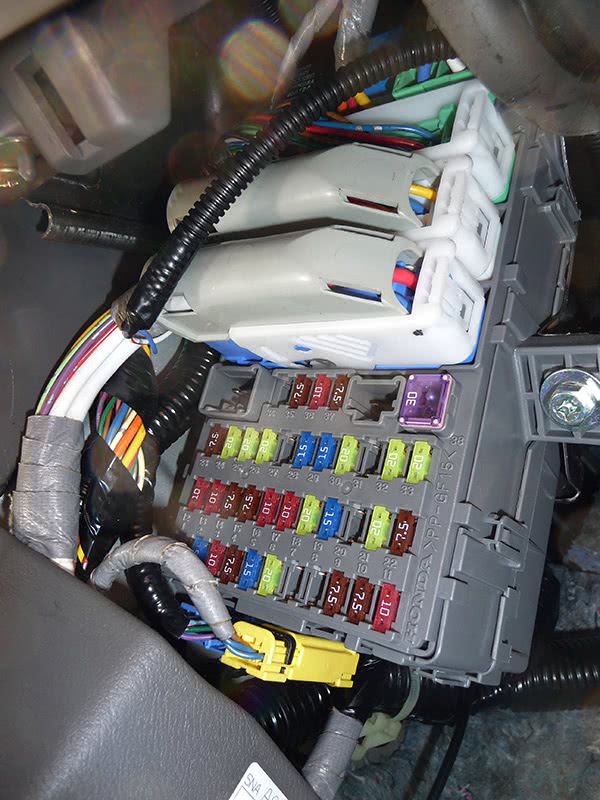



0 Comments